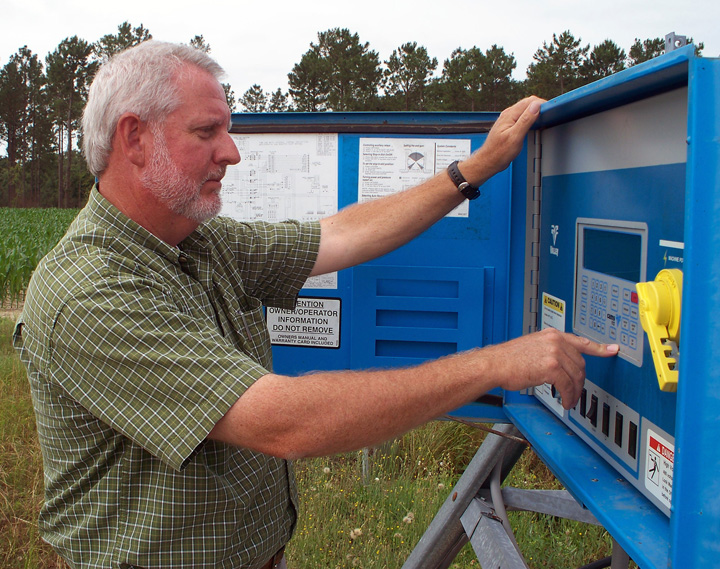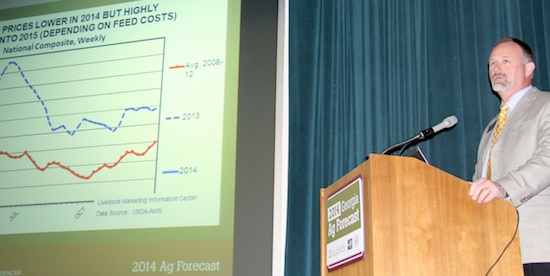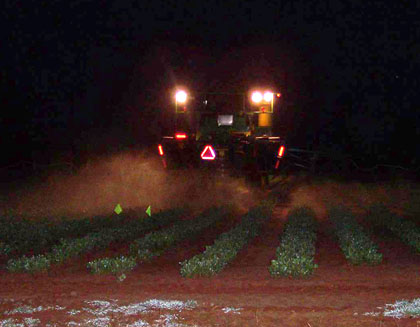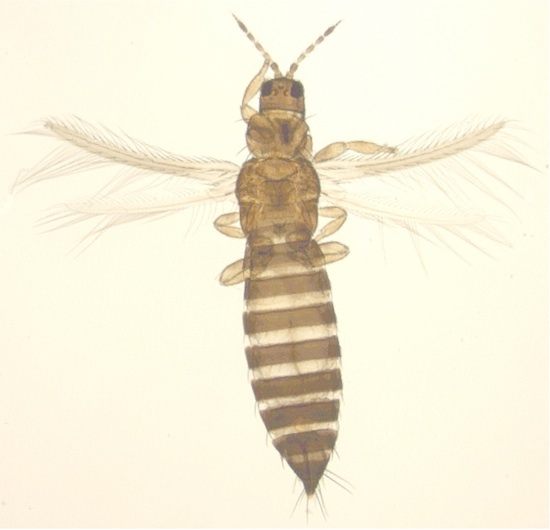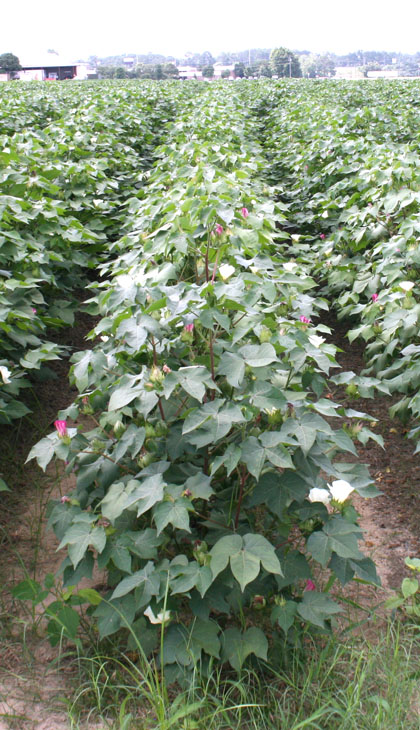 CAES News
CAES News
Conservation Tillage Conference
Sustaining agriculture’s future through conservation practices will be the focus of an upcoming workshop in Lyons, Ga. on Thursday, Feb. 13.

.jpg)
